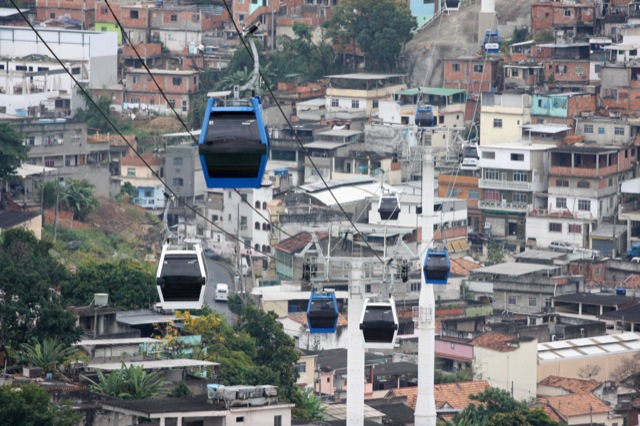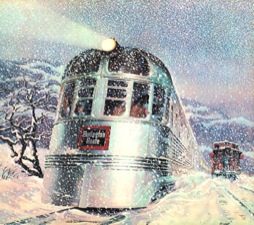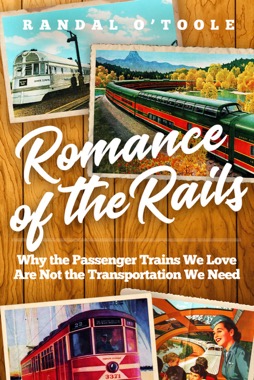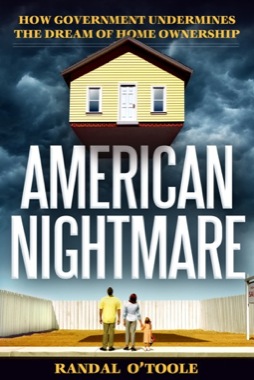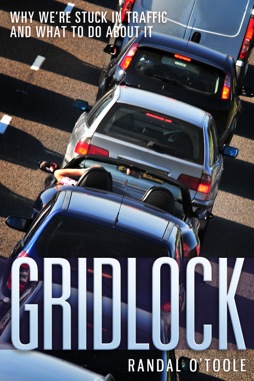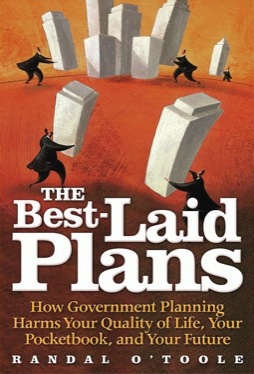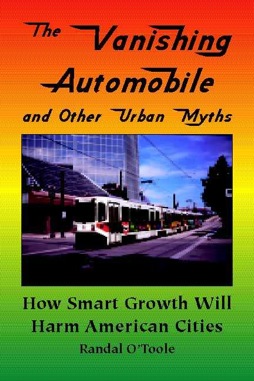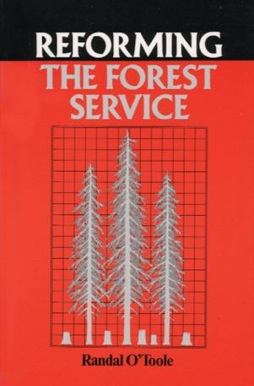As if we need any more evidence of profligate waste in the transit industry, Chicago, Austin, and other cities are considering aerial trams, also known as gondolas. Portland’s infamous aerial tram, which opened in 2006, cost 500 percent more than the original projection, carries a mere 3,200 round trips per day, and collects fares that cover just 22 percent of its operating costs. The economic development that was promised if Portland taxpayers helped build it went to Florida instead.
Given this terrible track record, it’s not surprising that other cities weren’t lining up to follow Portland’s example in building aerial trams. So what’s changed to get cities interested in them again? According to Bloomberg, it is lobbying by ski lift manufacturers. They’ve somehow managed to convince people in Austin that a tram will reduce congestion and people in Chicago that a tram will attract tourists, even though Portland’s tram has done neither.
Disneyland used to have an aerial tram, but Disney shut it down in the 1990s “citing its lack of popularity and the number of workers required to operate it.” Such factors tend to be ignored by transit agencies, which merely cut popular routes to pay for unpopular ones and draw upon tax dollars to pay workers.

